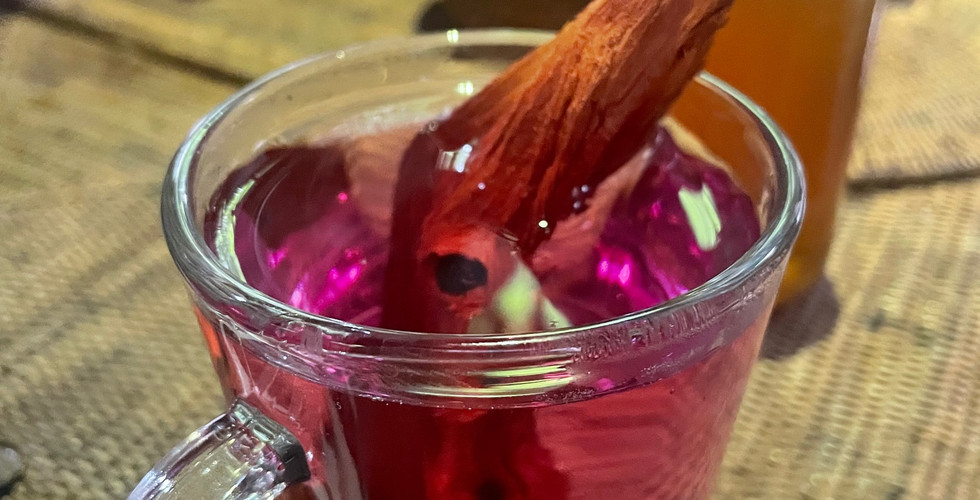Bali is an entire island, and it’s clear that a lot of content tourists expect to replicate is in really rural areas. The cities, or more congested areas, are crowded and noisy, as they are across the world. One of the things I wanted the chance to experience was true Balinese living—which is also different from the other islands in Indonesia.
Tenganan Pergringsingan is a cultural site that is famous for it’s well-preserved village layout and ongoing perseverance of local crafts. Almost all the house compounds open their doors to visitors, each offering something different for the curious visitor to see. Inside, you’ll find craftsmen at work weaving a geringsing cloth, carving wooden masks or creating basketry items. Home stalls sell arts and handicrafts, and you can directly bargain with the stall owners.Crafts that are unique to this village are palm leaf manuscripts, basket weaving, and a painstaking intricate weaving and dying process. We were guided through town to learn about this process, to enjoy a traditional lunch, then visit local farms in the forest, where we had pineapple fresh off the plant, palm sugar wine, sour honey from black bees and tea made from tree bark.
With no plans on Sunday, I decided to go surfing. It was the first time in two years, and my coach was really helpful to relearn the process. I spent the rest of my entire week either working, surfing or watching the sunset… and it was incredible. I can now actually surf, riding waves all the way to shore, and I even got a cute surf suit—an investment for the many places on our trip that will have surfing.

We wrapped up the week with an afternoon experience of Melukat. Melukat is a ritual to purify the body, mind and soul from negative emotions. The ritual is conducted by a Balinese priest and takes place with water element. We drove about two hours to a “secret waterfall”, where were greeted by our spiritual guide and asked to change into traditional sarongs. The process was thorough, beginning with asking permission to enter the sacred space, then praying to 9 different gods before entering the purification cave.
We climbed down stairs into a mysterious cave decorated with carvings that are at least 500 years old. Surrounded by giant ferns and soft moss, the cave has several areas where water is pooling or spouts—each of these are holy and sacred, and each have different meanings or associations with different gods. We went through two purification processes in the cave, and then walked along the river to the waterfall. At the waterfall, we screamed, a minimum of three times, and then told to shake our body to remove all negative emotions that had been conjuring from the purification. We closed out the ritual in a pond of koi fish, washing our face and neck, drinking and gargling before being blessed with coconut water. Finally, we were provided a bracelet for protection and completed the ceremony.
I chose to participate in this experience because I was curious about the spiritual side of Balinese culture. It was not only a beautiful setting, but interesting to learn about the frequency of each thing (drinking 7 times to signify the chakras, or washing 3 times to signify the three elements in Hinduism). It was a really special day that left me relaxed and feeling new. Ultimately, it was a really special and unique experience that I felt luck to have the chance to try.
That night, our group headed to Sista Dumpling for dinner before going to bed early before our long travel to Kawah Ijen.


















Commenti